China's Ancient Tea-horse Road
Ancient Tea-horse Road history
Tea drinking started in China more than 2000 years ago. Excavations from the Han Yang Tomb show the fine tea buds. By the 5th century, boiled tea was consumed widely in southern China. Also around this time, tea was traded for horses at certain towns/villages in Southwest China. Before the 8th century, official traded merchandise for horses was largely silk and cloth with a strict trade balance maintained. Emperor Xuanzong in early 9th century commented that some 3000-4000 horses were fine for a trade balance with the Turkut kingdom.
By late Tang Dynasty (10th century), for the high plateau nomads, tea became a major drink that balanced their mostly animal protein diet. For the Han Chinese regions, horses were in constant short supply, both for transportation and for warfare. Thus, a vast network of Tea Horse Trails was blazed by the merchants & governments. Tibetans, Mongolians and other nomad people got so dependent on tea for their food supplement that the Chinese kingdoms always used tea trading as a bargaining power. In addition to tea & horses, animal fur, Chinese medicine, salt, cloth & silk, and other daily life’s necessities changed hands along the trails.
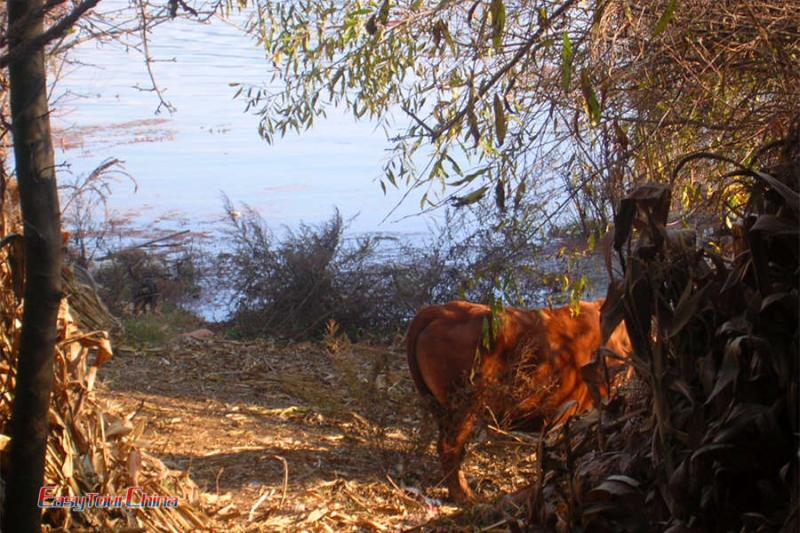
In 1074 (Song Dynasty), tea growing areas expanded tremendously in south China and became an important tax revenue. After comparing coins, silk, and tea, it shows that tea had the absolute advantage over the other two. Coins caused a shortage of currency and could be melted into lethal weapons. Both coins & silk trading resulted in a large trade deficit, while the large amount of tea produced had none of the above problems. The first Tea Horse trading law was passed. Various towns were designated for official trading centers. Tea growers sold all their tea to the official trading centers. And tea merchants could only buy tea from these centers. Tea Horse barter trade prices were judged by supply and demand. And high quality tea was traded for high quality horses at a discount to encourage the nomads to sell better horses. Private trading was considered illegal and punished.
During the peak of the trade, one trading delegation of a few thousand people including officials from Tibet was not uncommon.
The barter trade between tea and horse was 20kg tea for one good horse in the beginning and went up to 500kg tea for one good horse in some extreme cases. The trading supplied the royal families with good war horses and also military expenditure. In Yuan Dynasty (Mongolian), China was not short of horses so official trading paused. When the Manchurian replaced Mongols as the ruler, official trading resumed. The trade stopped after the 18th century, when a different system for purchasing horses was enacted. However, tea horse and other commodity trading between people continued on horse backs throughout the years, in spite of the government’s control. During the 2nd World War, Japanese troops conquered the strategic road linking China and Myanmar. Tea Horse trading was disrupted. And when Japanese troops surrendered, the trade immediately resumed, with large numbers of caravans swarming into the tea producing area in South Yunnan.
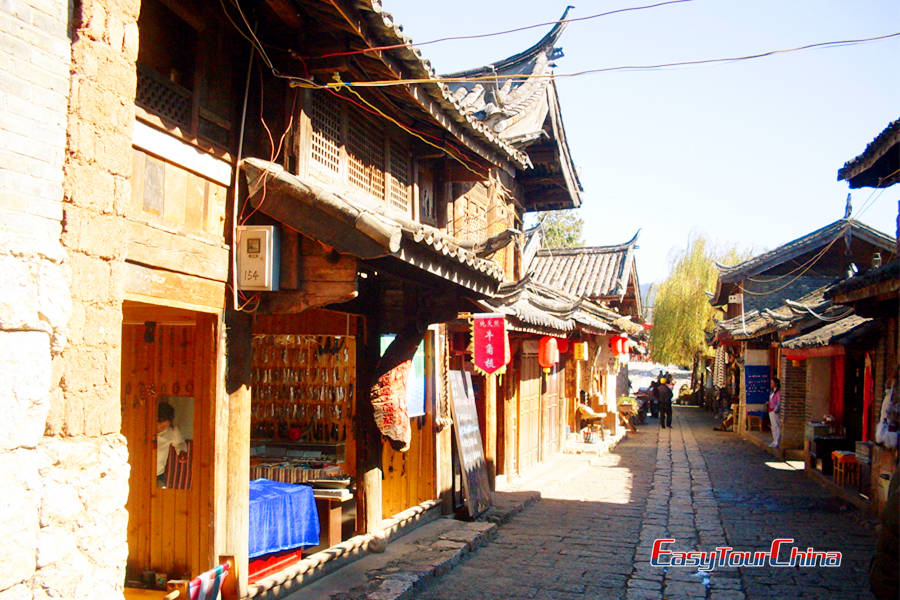
Where are the trails?
The old Tea Horse Trails comprise of 2 major routes, the southern route being Yunnan – Tibet and the northern route, Sichuan – Tibet. The southern route starts in Dali in Yunnan, goes north to Western end of Sichuan province, then northwest to Tibet. In history, the northern Yunan and western Sichuan were part of Tibetan Kingdom. The northern route starts in Ya’an in Sichuan and goes west go Tibet. Both the southern and northern routes go thru high mountain ranges with elevation around 12,000 feet. From the Ming Dynasty (1368-1644), another important Tea Horse Trail started in Anhua, Hunan province, carrying the Black Tea (note: the English Black Tea is called Red Tea in China) up north & northwest to Mongolian area, Xinjiang province and Russia.
Beyond Tibet, the old Tea Horse Trails went into Nepal and India. From there, trading caravans took the tea as far as the western end of North Africa, thru West Asia, covering a distance of a few thousand miles.
Builders of the Tea Horse Trails were the horse gangs (caravan traders), trading companies, and local government when official trading was in place. Among the transportation facilities were bridges made of iron chains and wood planks over deep gorges, trails carved into solid rocks on sheer cliffs, and planked board walk supported by timber inserted into holes drilled into the rocks. Many of them followed rivers as water was the necessity.
Ancient Tea-horse Road Gangs
Traveling back and forth along the trails were the Horse Gangs. Some of them belonged to a certain tea trading company. Some of them were family businesses. Others were freelancers teaming up as a temporary share holding company for a certain assignment. In each gang, one experienced trustworthy man was elected leader. He was called the “Wak Head”, because the gang would eat together from the same cooking wak on the trails. He was a know-it-all guy, horse herding, cooking, horse shoe fixing, and communicating. He must also be a translator, book keeper, decision maker and a vet. In addition to a chief “Wak Head”, large gangs had some small “Wak Heads” with delegated work including armed defense, in case of bandits looting. The small gangs had around 30 horses, while some large gang had up to 500 horses. In the early 20th century, in Yunnan province alone, there were some 1500 trading companies working with horse gangs who owned around 30,000 horses, traversing the land between Yunnan, Tibet and India.
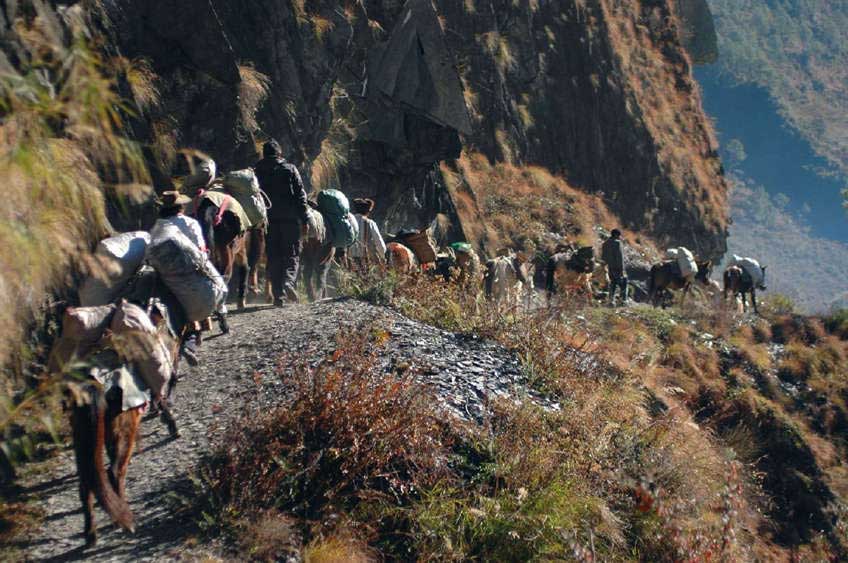
Heritage of the Tea-horse Road
After modern roads and bridges were built, starting from the 1980s, the trails started to disappear. The history of Tea Horse Trails was buried by the overgrown plants or broken by earthquakes. Timber supported plank walk on cliffs rotted away. But we could still see the history here and there near some previously prosperous trading centers.
The Cultural Revolution 1966-1976 further destroyed most historical heritages in a campaign named “Get Rid of the Four Old Things”. And in the insensitive redevelopment period in late 1980s and early 90s, further destruction was made to the remaining historical heritages, leaving little to be seen as historical heritages. In the new millennium, we are happy to see the country’s attention to the historical heritages is started.
Shaxi Town is probably the only well-kept trading center along the Tea Horse Trail. Located some 128km to the north to Dali (Yunnan province) lies this quiet but once prosperous market town. In the center of the small town is the 600 years old Xingjiao Temple of Vajrayana (Tibetan Buddhism, 1415) and town square made of red sandstone tiles. Opposite the Temple on the east side stands the old open theater that staged performances every week. The old theater made Shaxi the center for singing and dancing in north Yunnan and created uncountable performing artists. Surrounding the center are the once busy shop fronts, shop on the street side, horse stables and guesthouse in the backend.
As early as 400 BC, copper was mined in the east of Shaxi. Zooming in on Google map reveals Shanxi is a nice piece of flat land on a north-south mountain valley corridor. It is located on the strategic transportation line linking the tea producing Dali and the upper reach of Yangtze River. During Tang Dynasty, salt mines were discovered to the west of Shaxi and became another important commodity traded along the Tea Horse Trails.
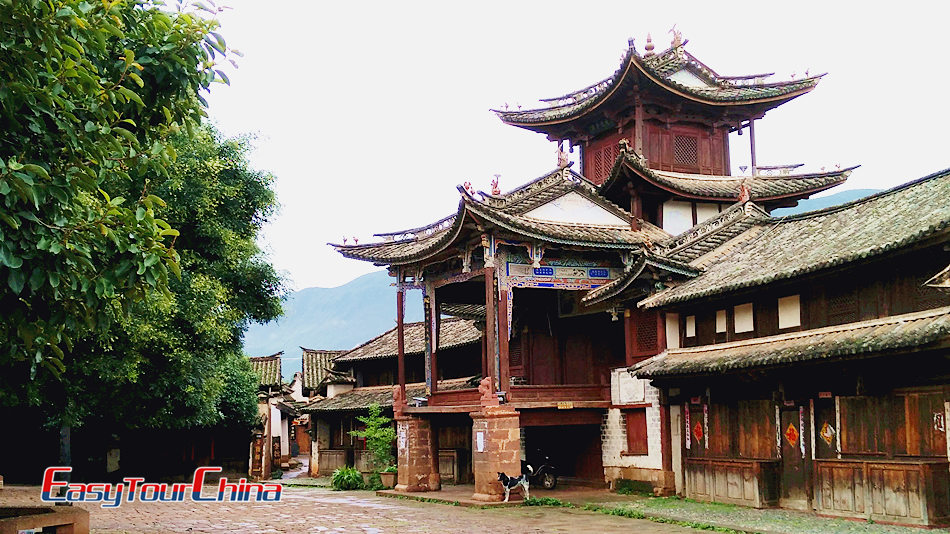
In 2002, in order to protect Shaxi, Swiss Federal Institute of Technology started to work with local government.
https://www.wmf.org/search/Shaxi
http://web.ethlife.ethz.ch/e/articles/sciencelife/shaxi2teil.html
Other than Shaxi, bits and pieces of the old heritage of Tea Horse Trails could still be found in southern Yunan and western part of Sichuan. The Ancient Tea Horse Road Museum in Shuhe Old Town, Lijiang, converted from an ancient Lijiang Chieftain’s architecture complex, is the first museum in China dedicated to the study and display of the history and culture of the Ancient Tea Horse Road. Modern tourism also calls for further preservation of historical heritages and help local government to budget the protection works, a good sign.
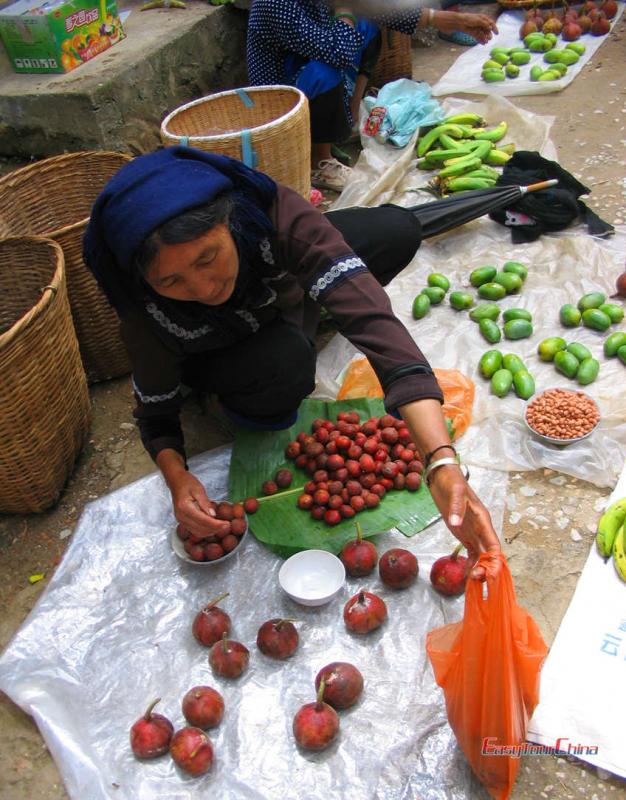
Recommended Horse Trekking Tour to trace the Ancient Tea-horse Road in Sichuan
3 Days Songpan Horse Trekking to Mounigou Valley
4 Days Jiuzhaigou & Huanglong Hiking plus Songpan Horse Riding


